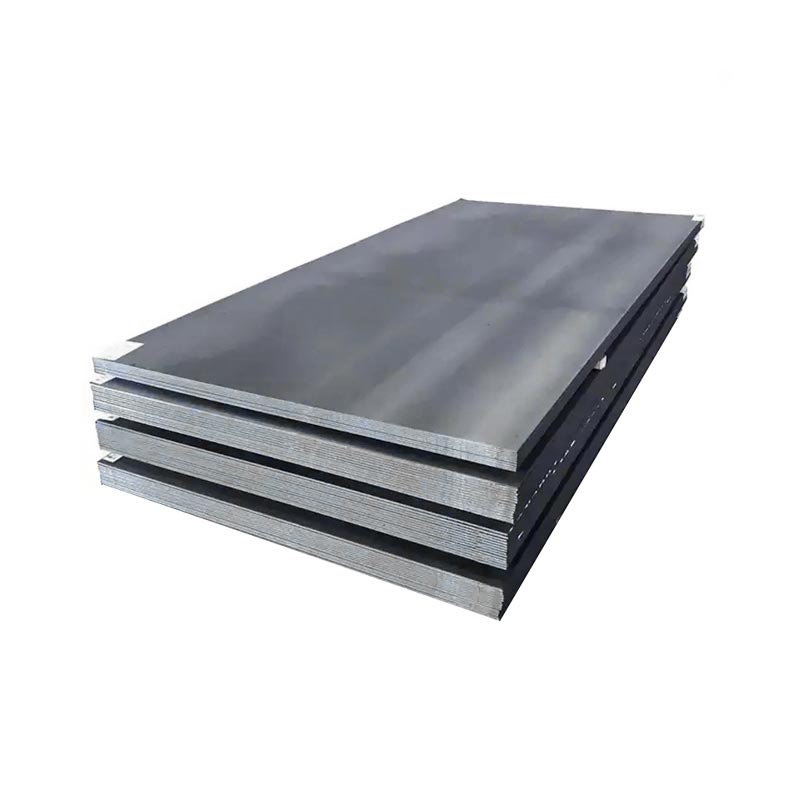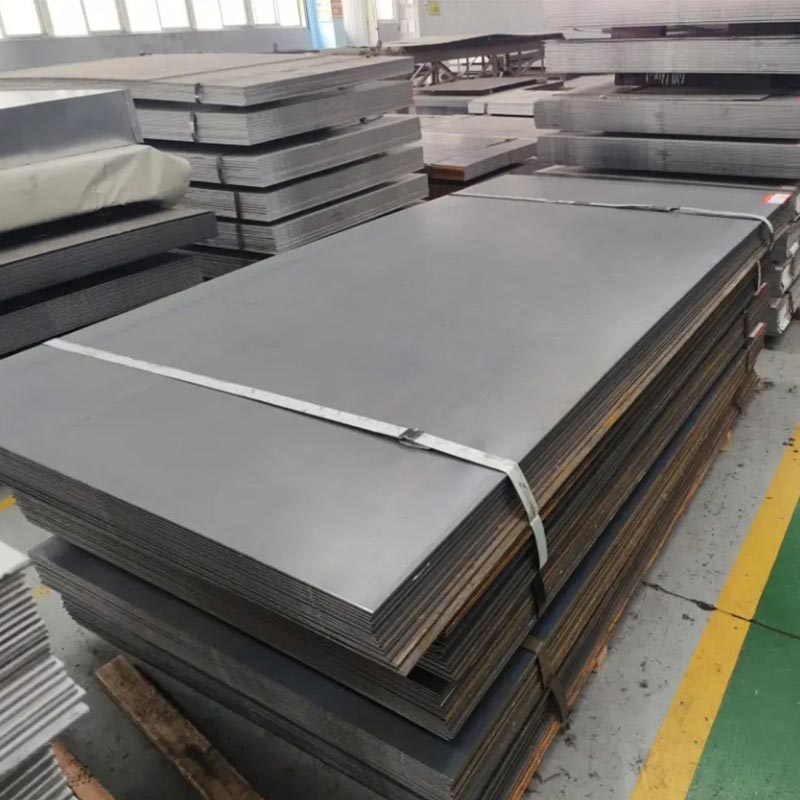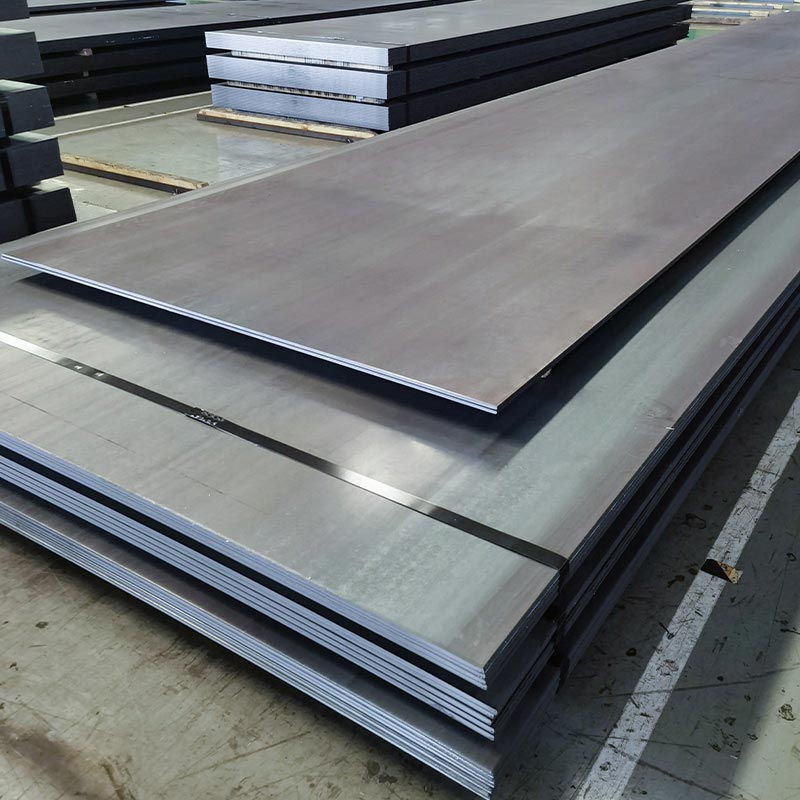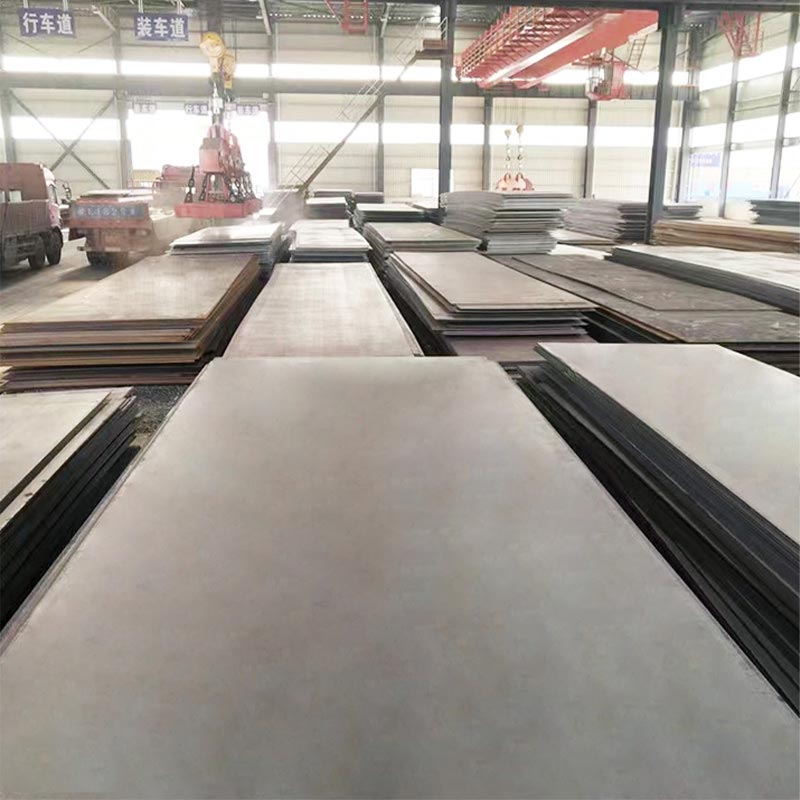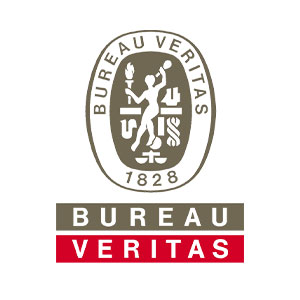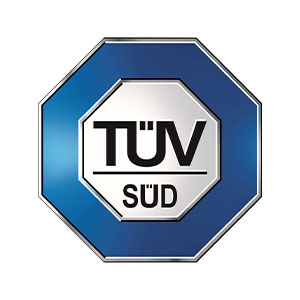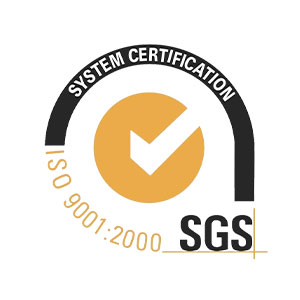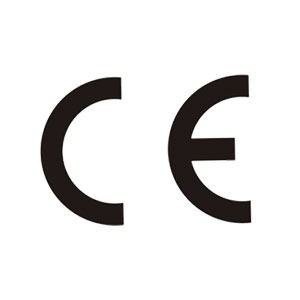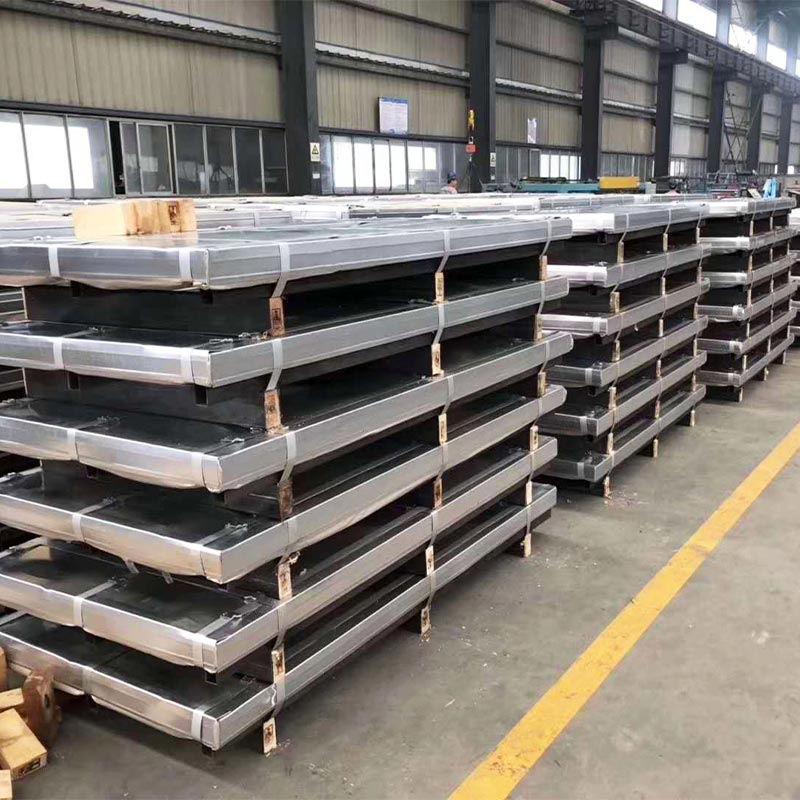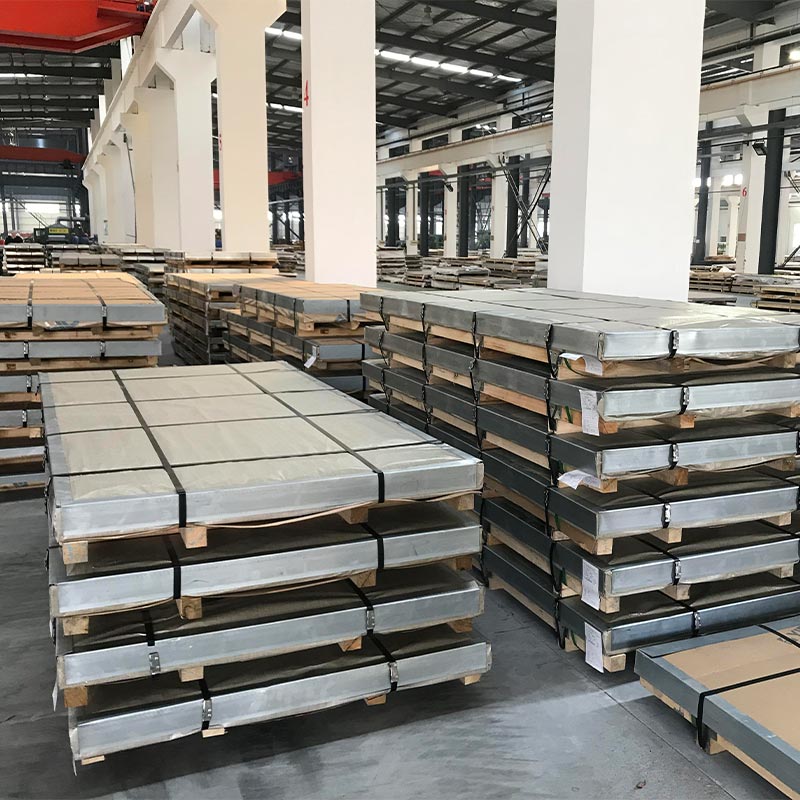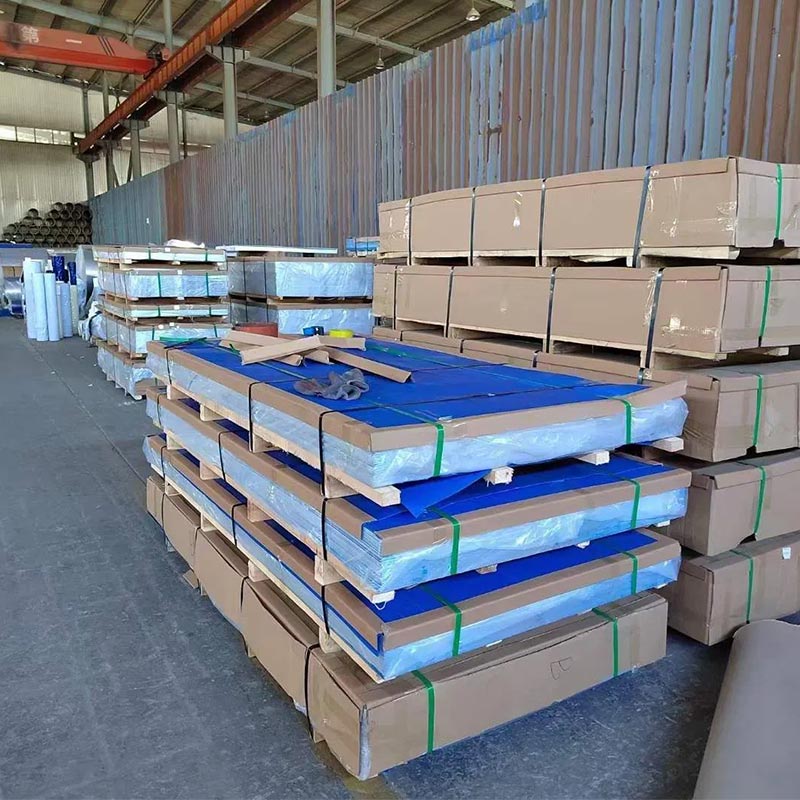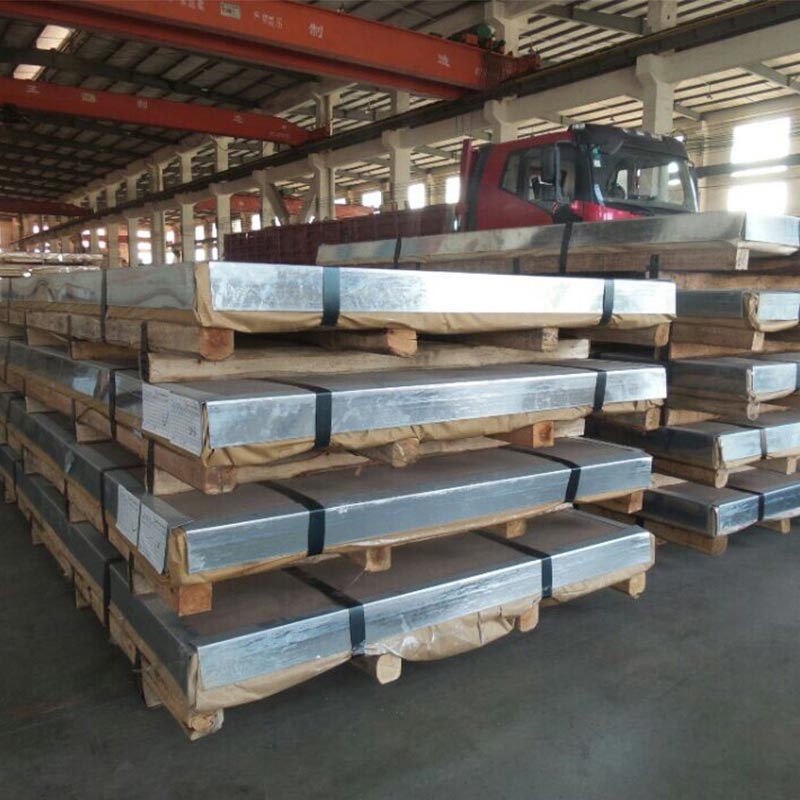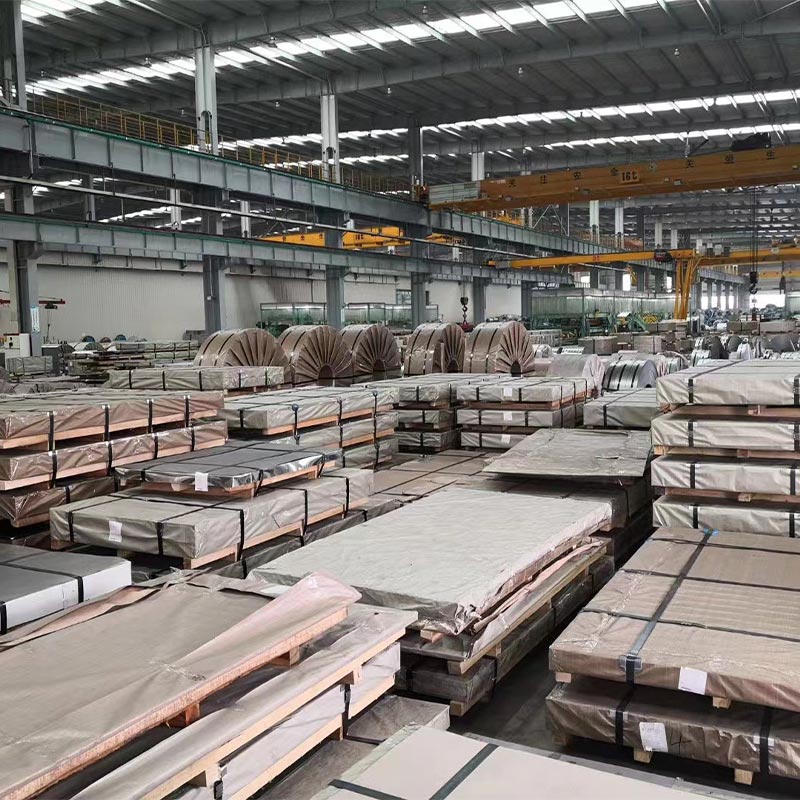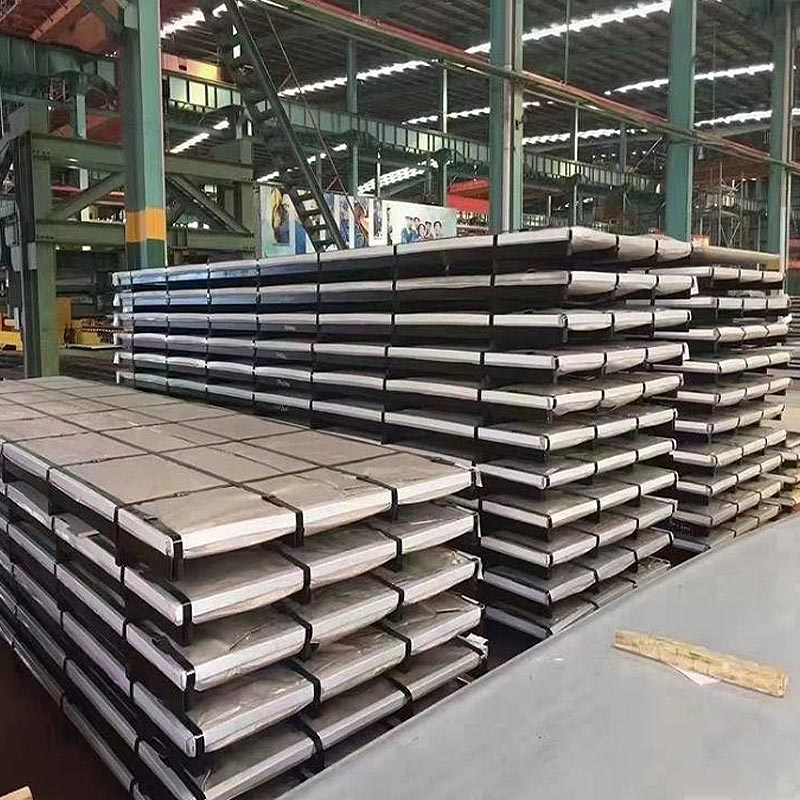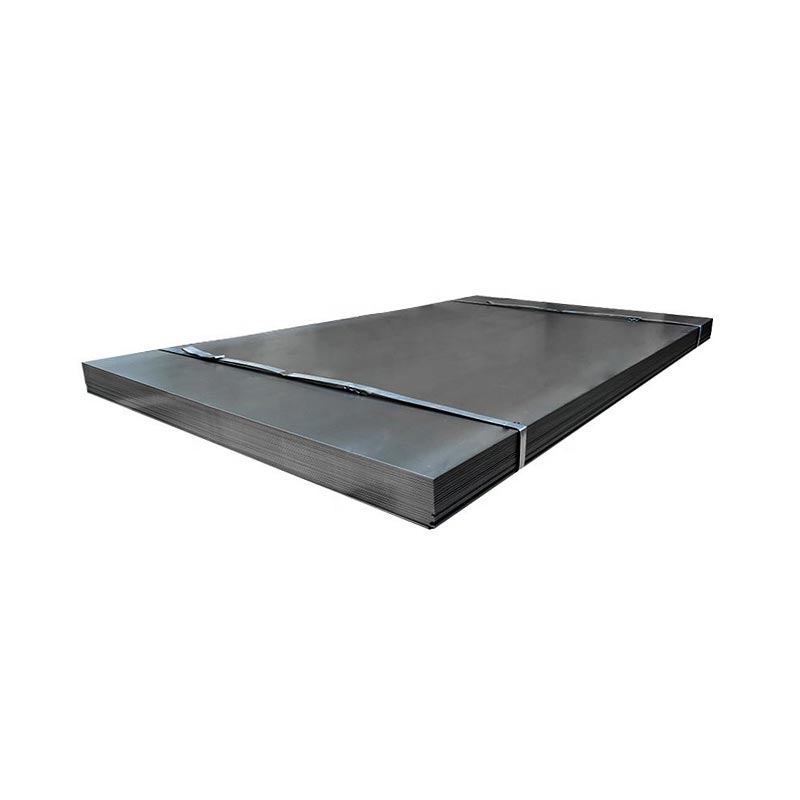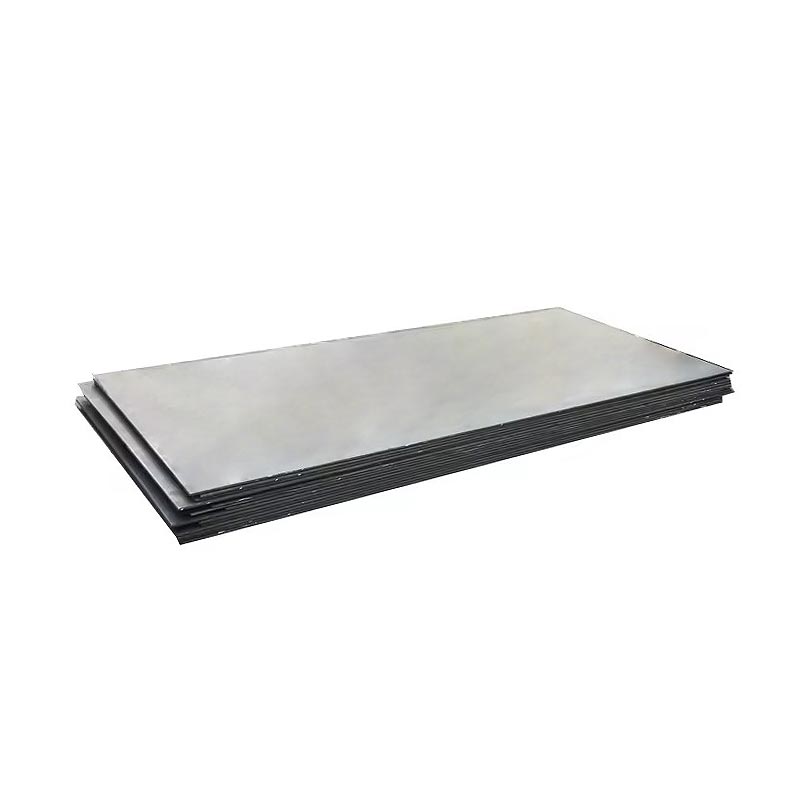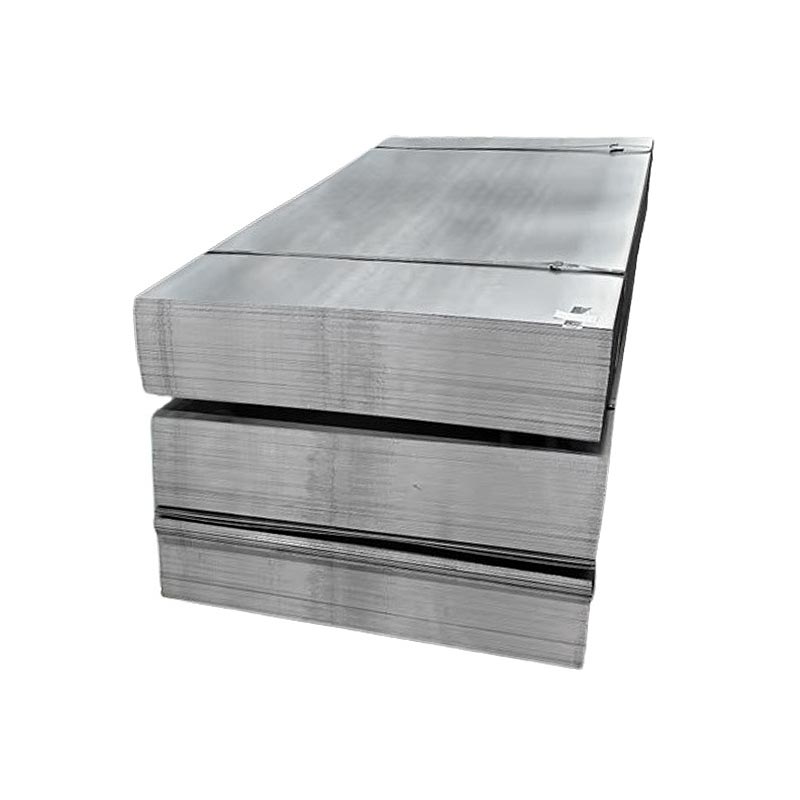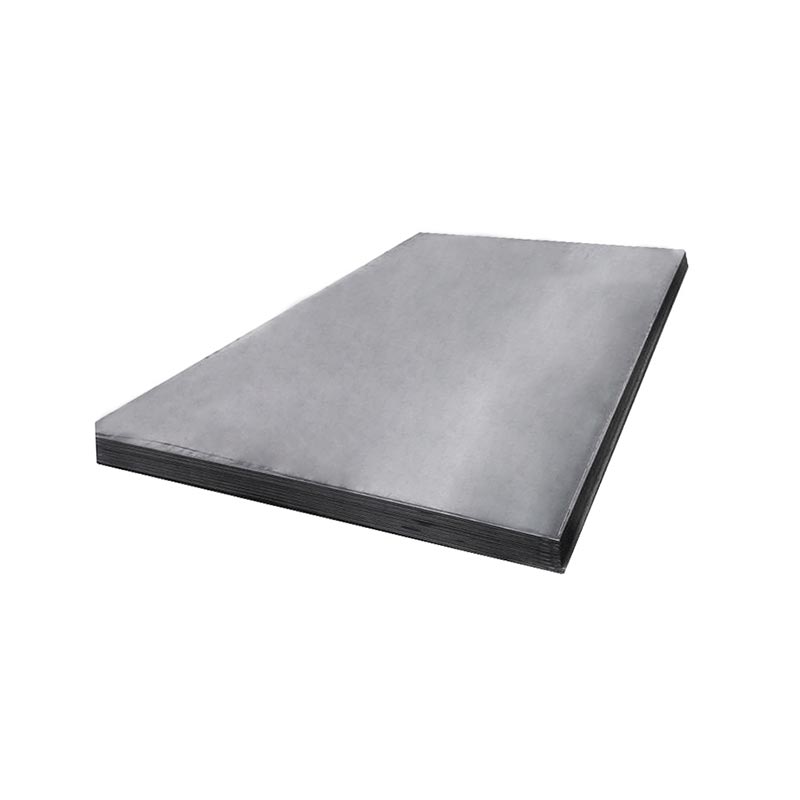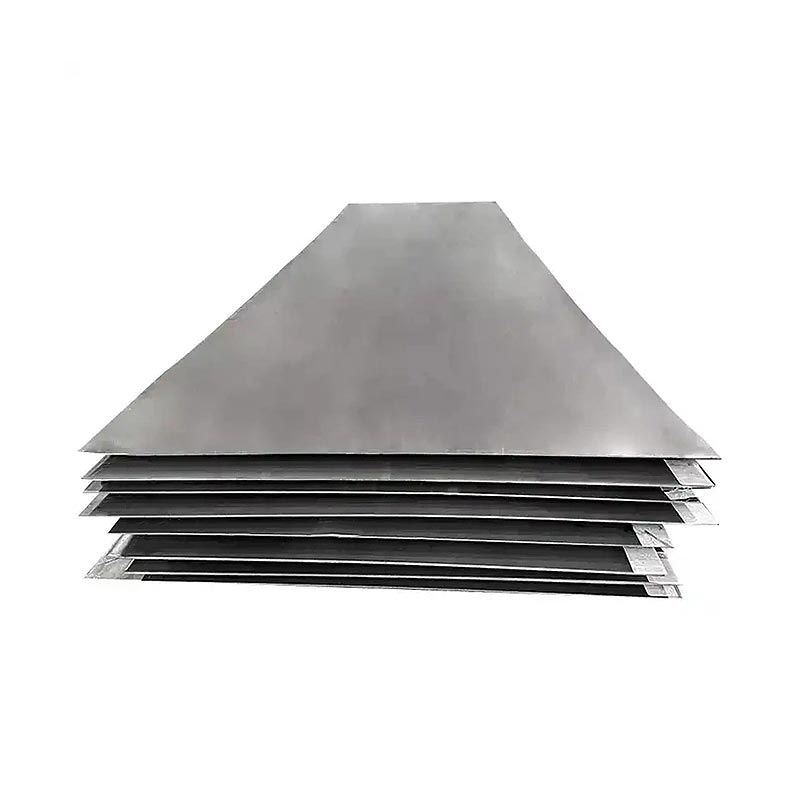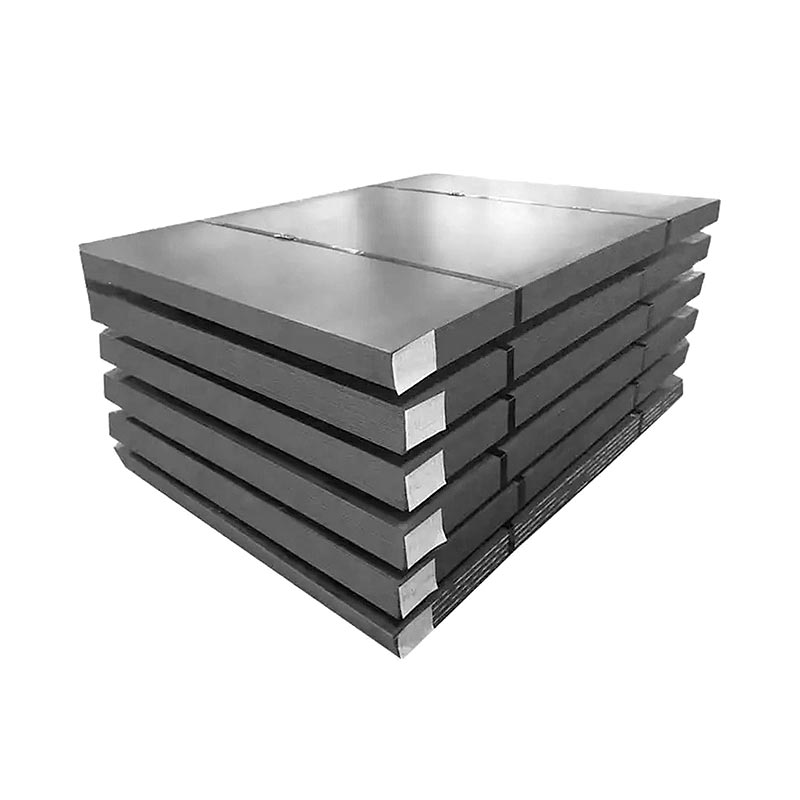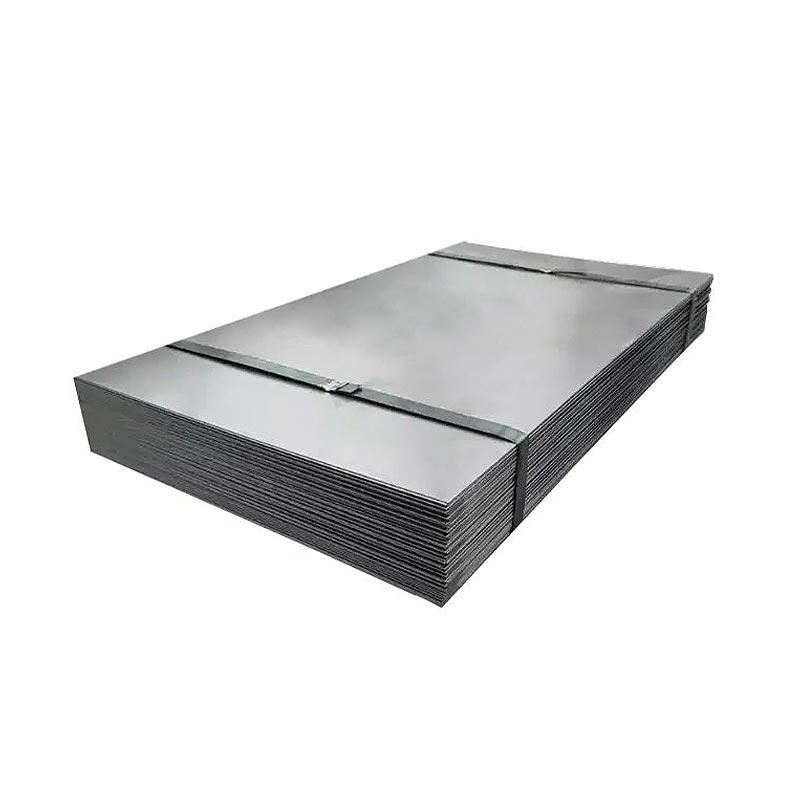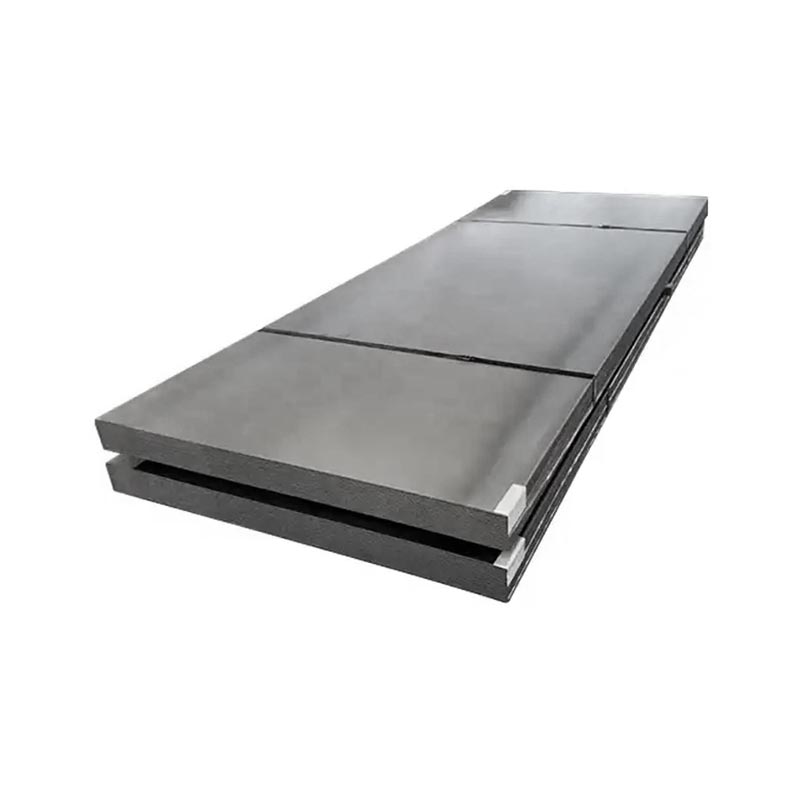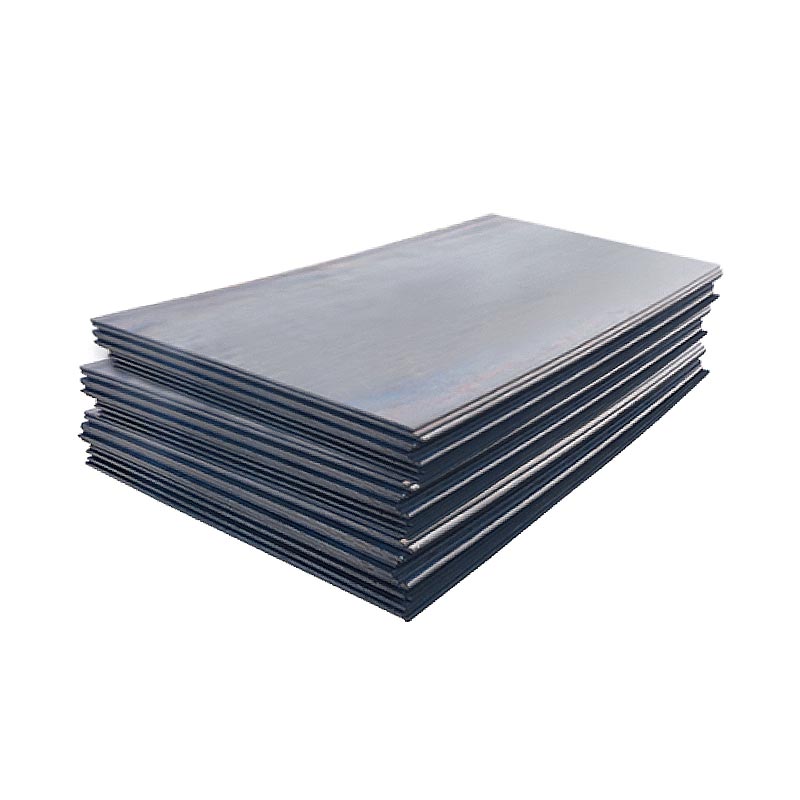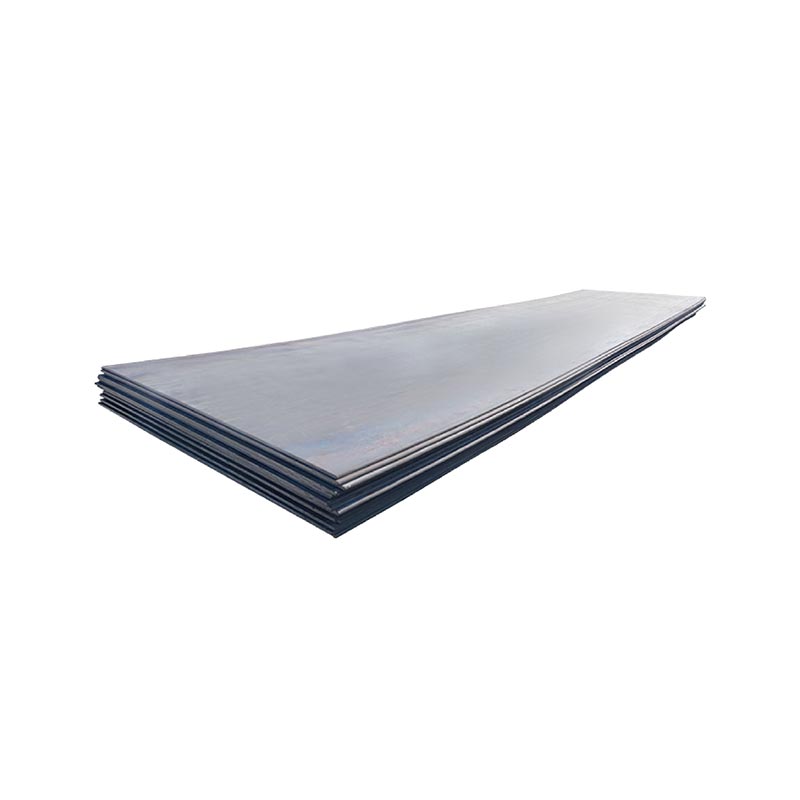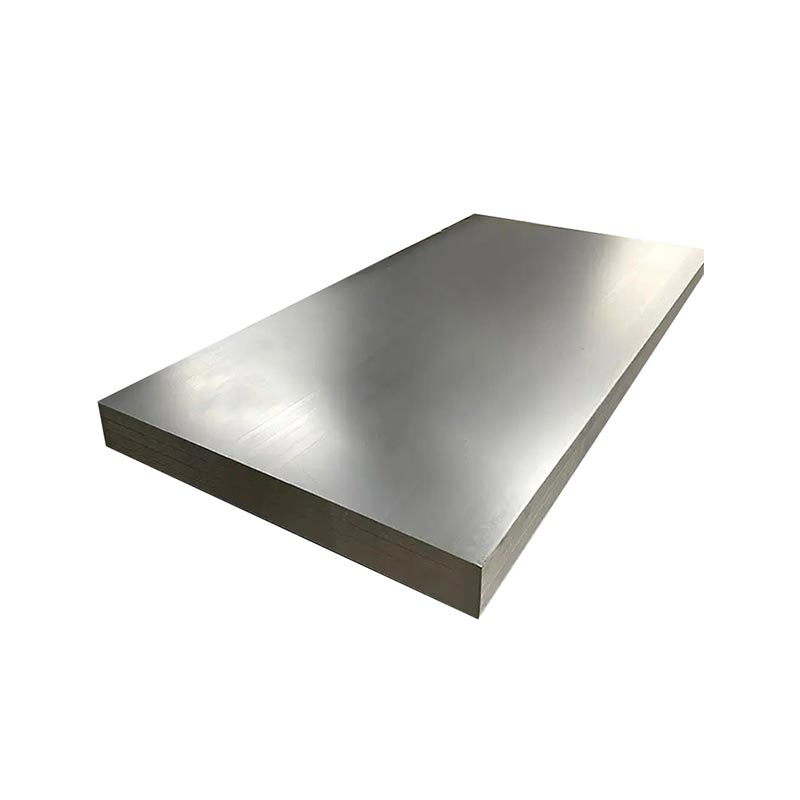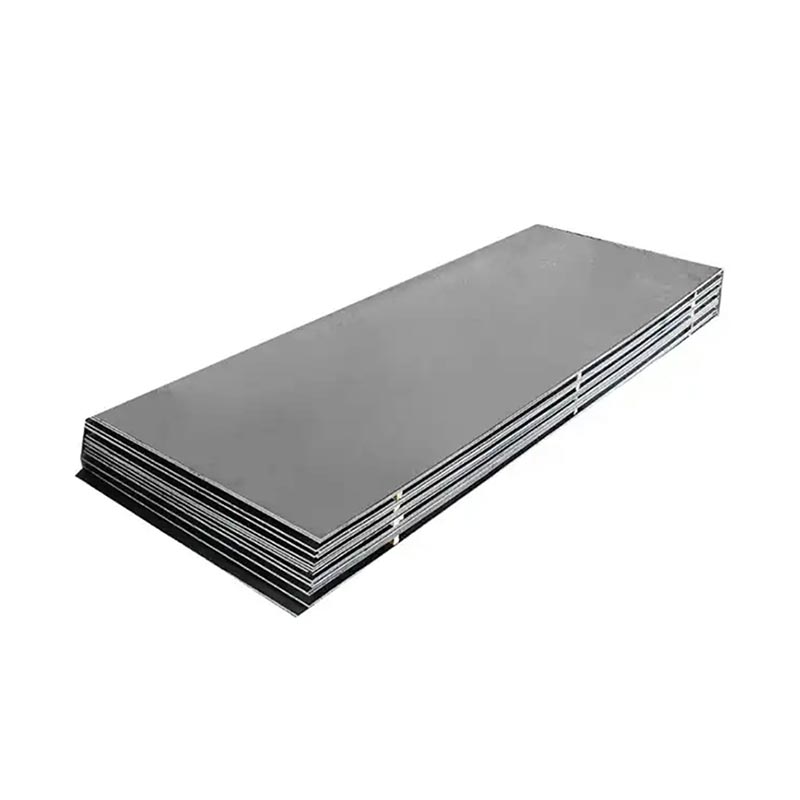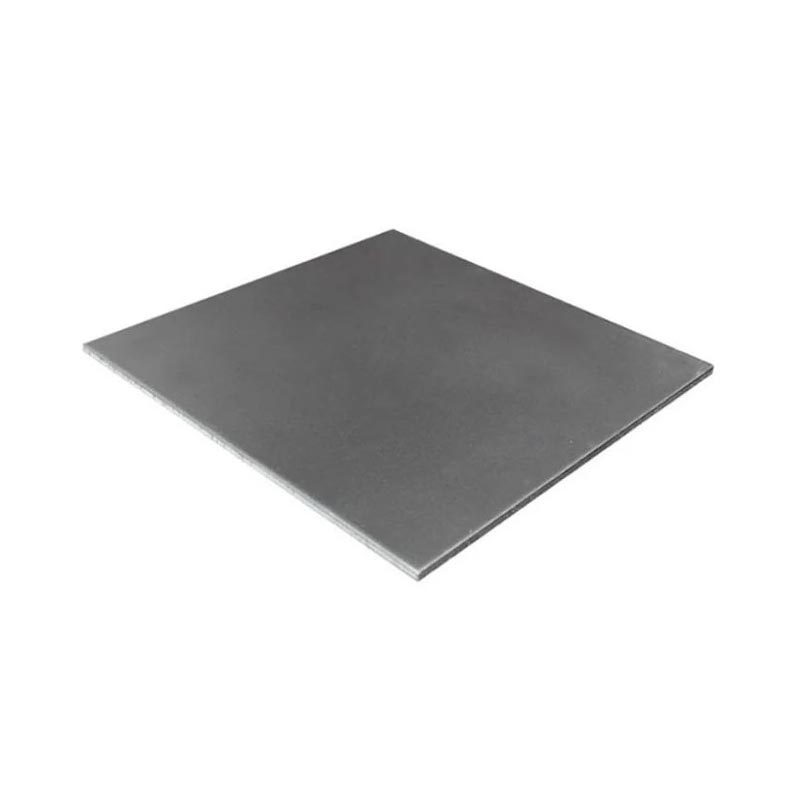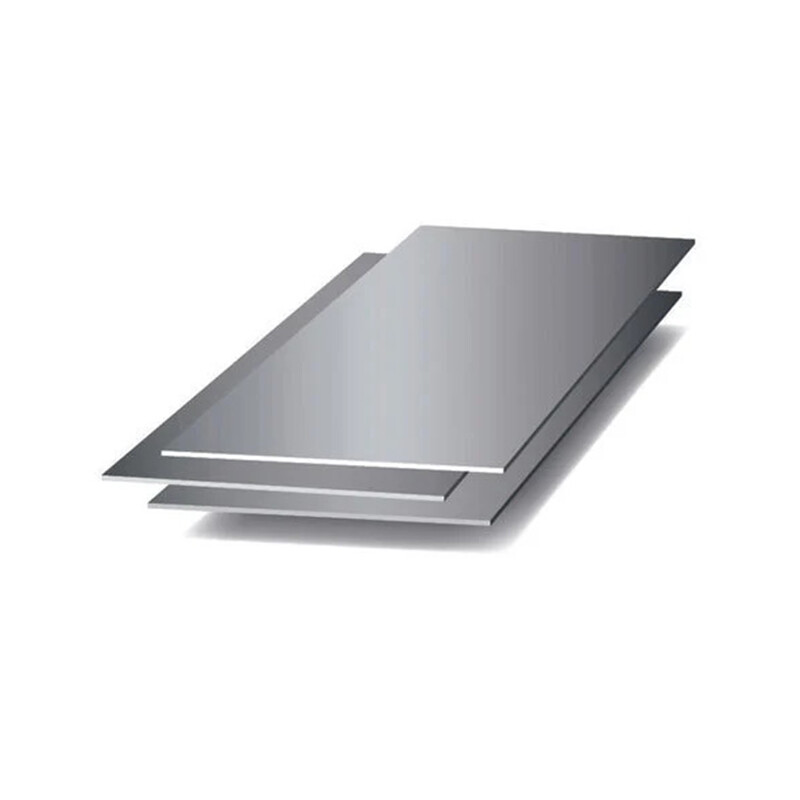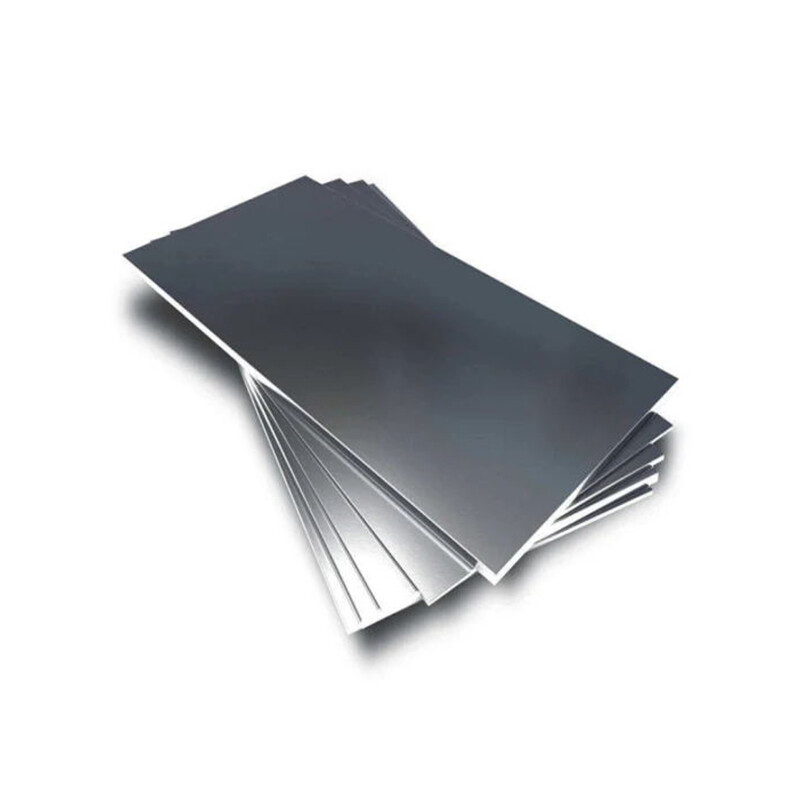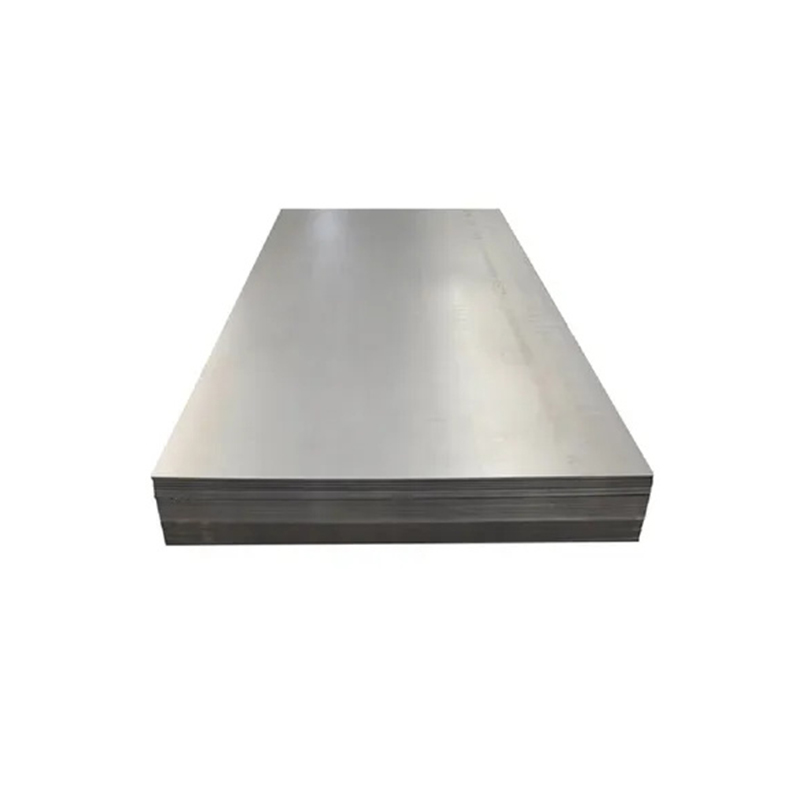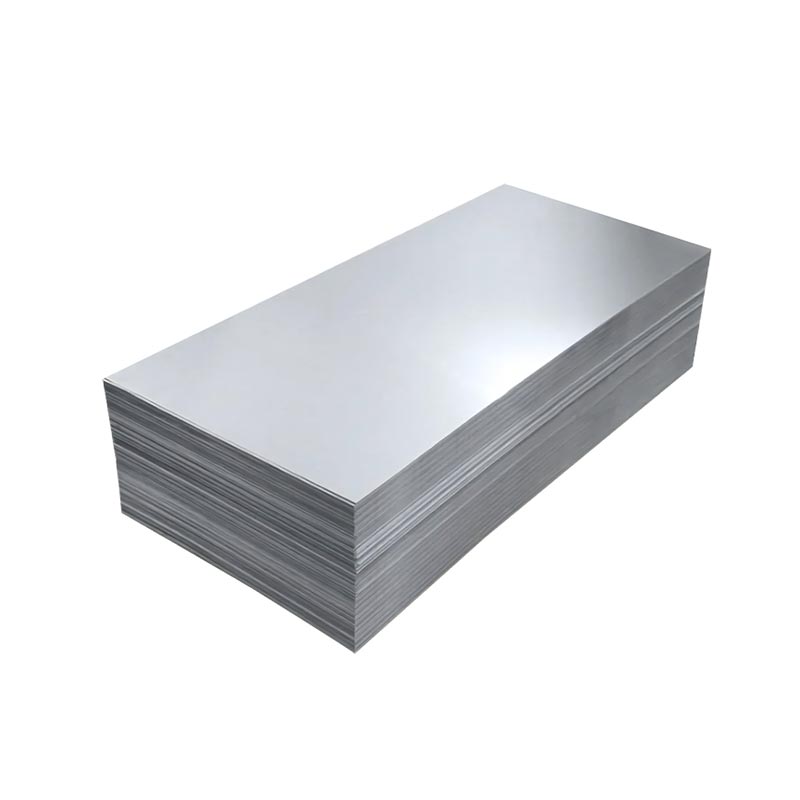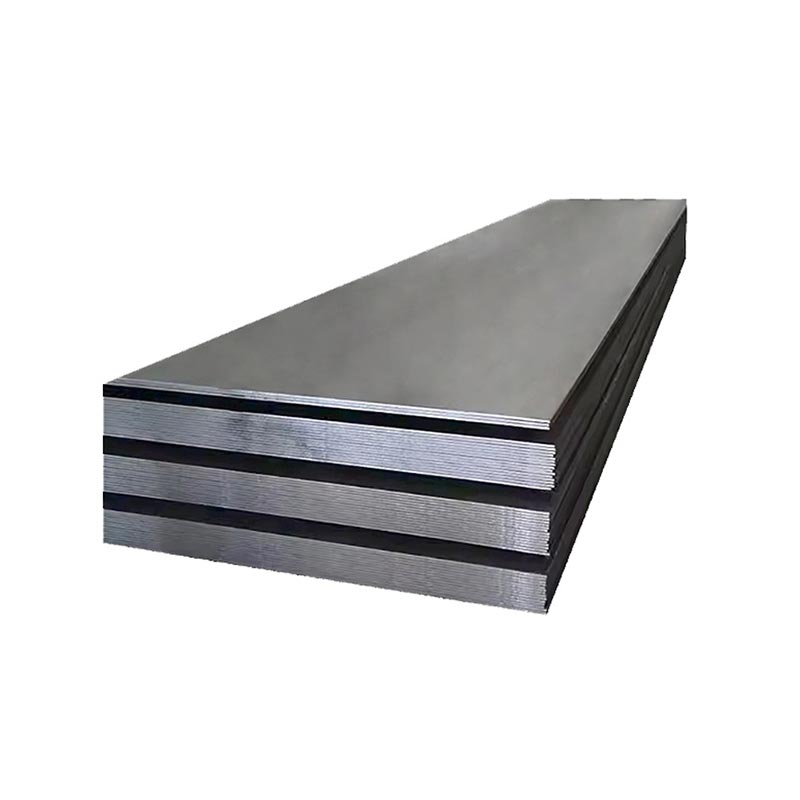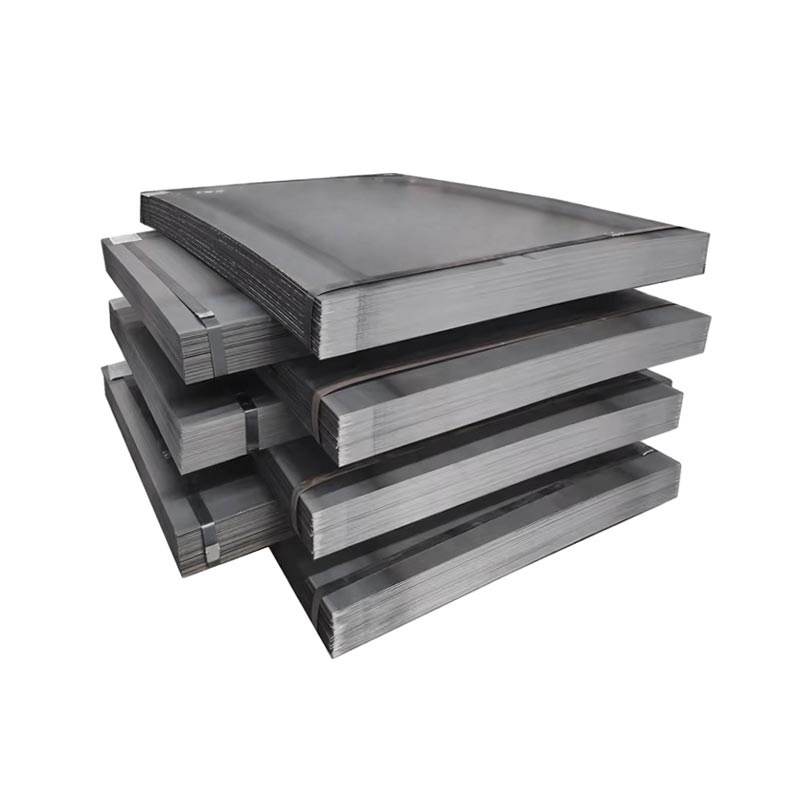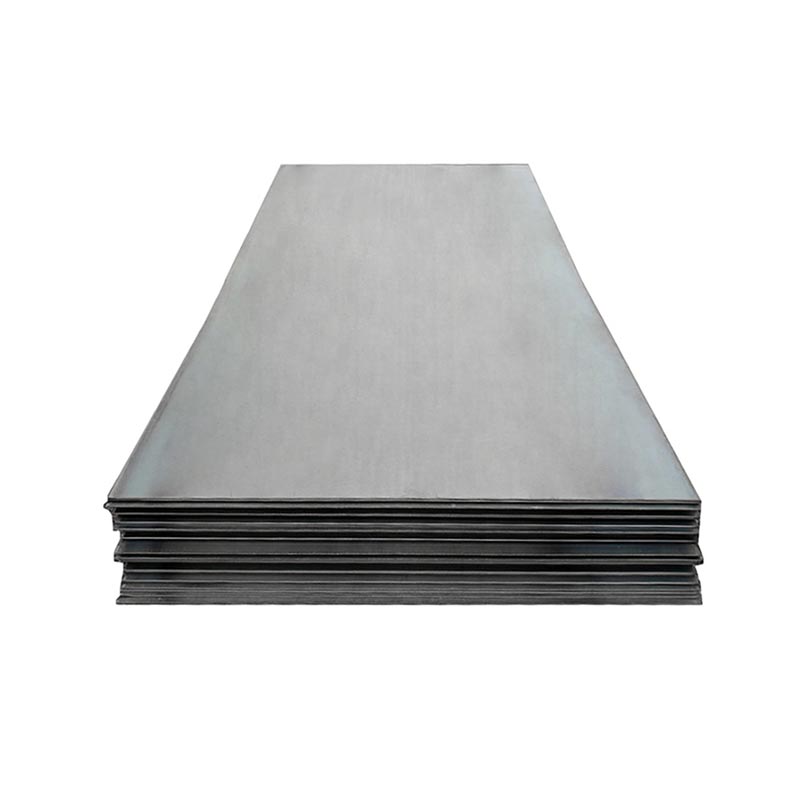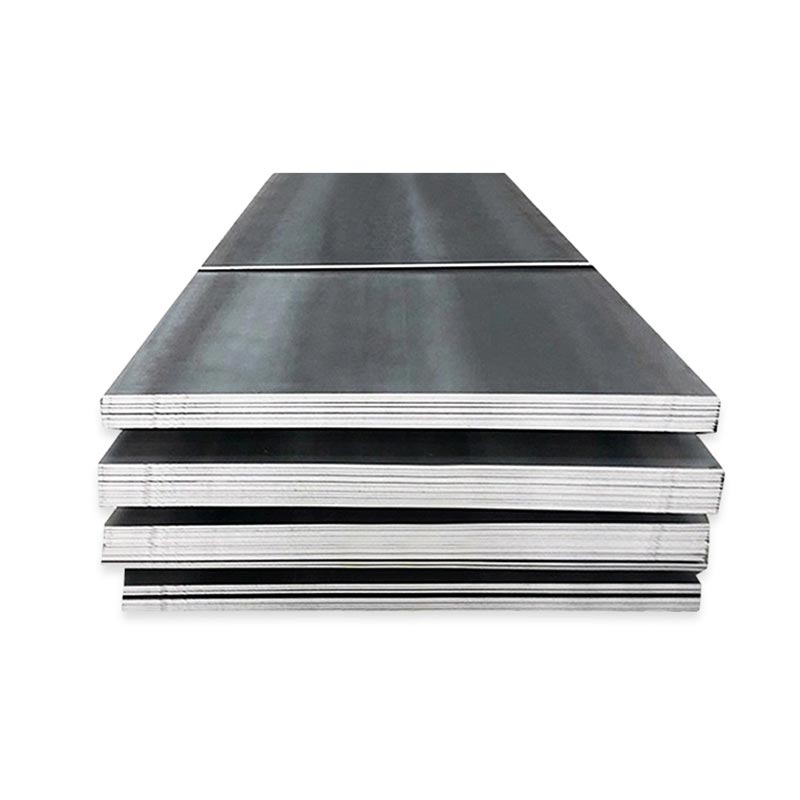Carbon Steel Plate
● A carbon steel plate is a flat sheet made from carbon steel, an alloy primarily composed of iron and carbon, with minimal other elements. It’s categorized by carbon content: low (≤0.25%), medium (0.25–0.6%), and high (>0.6%).
● Low-carbon plates offer ductility and weldability, ideal for construction or automotive parts. Medium-carbon variants balance strength and toughness, used in machinery. High-carbon types are hard but brittle, suited for tools or springs.
● Common grades include A36, S235JR, and A572. These plates vary in thickness, width, and finish, serving industries like construction, manufacturing, and energy for structural, industrial, or fabrication needs.
View Video
A633 Carbon Steel Plate
A633 is an ASTM standard carbon-manganese steel plate, normalized for high toughness and formability. Available in grades A, B, C, D, and E (with E offering best low-temperature performance), it suits structural and pressure vessel use. It provides good weldability, moderate strength, and reliability in cold environments, used in bridges, buildings, and industrial equipment needing consistent performance under varying conditions.
Get A Quick Quote!
You Can Leave Us A Message
or Send Us An Email!
Product Details
Product Parameters
Packaging and Transportation
Related Products
Leave Us Message
Please give us a message
What are you lookking for?

